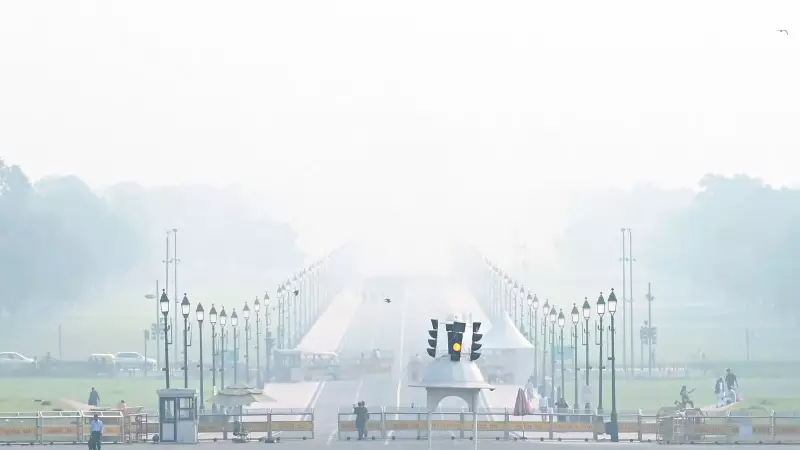
In a disturbing revelation that highlights Delhi's deepening air pollution crisis, a comprehensive study has found alarmingly high levels of toxic metals including zinc, copper, and chromium contaminating the air residents breathe - even in supposedly safer residential areas.
The Invisible Threat in Residential Havens
The study, conducted by the prestigious Indian Institute of Technology-Kanpur, uncovered that these dangerous metals have penetrated deep into residential neighborhoods, challenging the common perception that homes offer sanctuary from Delhi's notorious outdoor pollution.
"What makes these findings particularly concerning is that we're finding these toxic elements in areas where people expect cleaner air - their residential communities," explained a senior environmental researcher involved in the study.
Metal Breakdown: What's Poisoning Delhi's Air?
The research identified several heavy metals contributing to the toxic cocktail Delhi residents inhale daily:
- Zinc levels reaching up to 687.8 nanograms per cubic metre
- Copper concentrations hitting 315.8 nanograms per cubic metre
- Chromium presence detected at 94.9 nanograms per cubic metre
- Other dangerous metals including iron and lead also found in significant quantities
Health Impacts: Beyond Breathing Problems
Medical experts express grave concerns about the long-term health consequences of continuous exposure to these metallic pollutants. "When we talk about air pollution, most people think about respiratory issues, but heavy metals like chromium and lead can affect neurological development, cause cardiovascular problems, and even increase cancer risks," warned a leading pulmonologist.
Children and elderly residents are particularly vulnerable to these invisible threats, with potential impacts ranging from developmental disorders in young children to exacerbated chronic conditions in older adults.
Sources of Metallic Pollution
The study points to multiple contributors to this metallic air pollution:
- Industrial emissions from unauthorized manufacturing units
- Vehicle wear and tear, especially brake and tire degradation
- Construction activities releasing metal particles
- Improper waste disposal and burning practices
The research team emphasized that while some level of metal particles is expected near industrial zones, the penetration into residential areas indicates widespread contamination that demands immediate policy intervention.
Way Forward: Solutions and Safeguards
Environmental advocates are calling for urgent measures including stricter enforcement of industrial regulations, enhanced public transportation to reduce vehicle emissions, and community-level monitoring systems to track air quality in residential neighborhoods.
"This isn't just an environmental issue; it's a public health emergency that requires coordinated action from multiple government agencies and active community participation," stressed an environmental policy expert.
As Delhi continues to grapple with its air quality crisis, this study serves as a stark reminder that the threat isn't confined to visible smog but includes invisible, metallic contaminants that could have generational health consequences.





